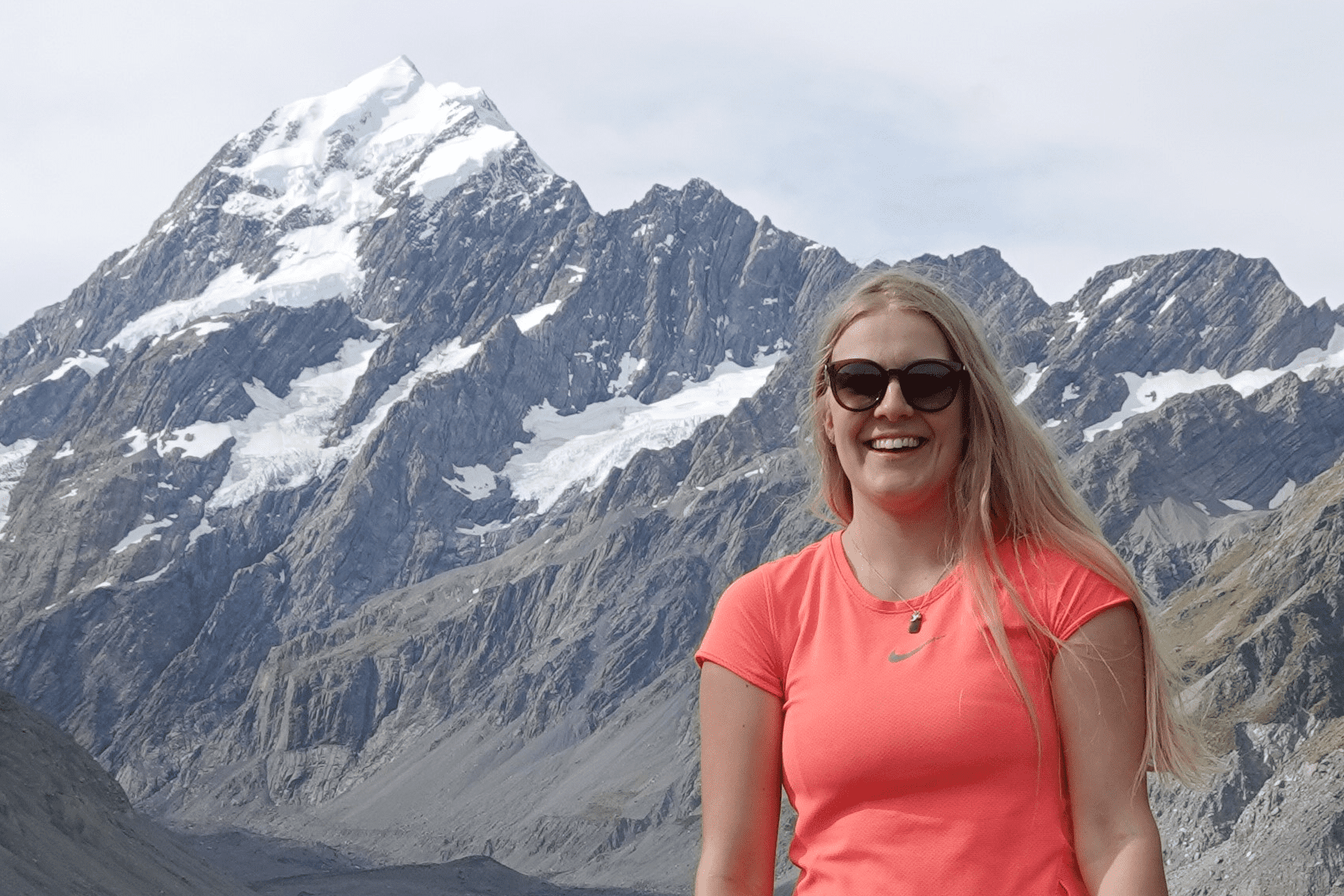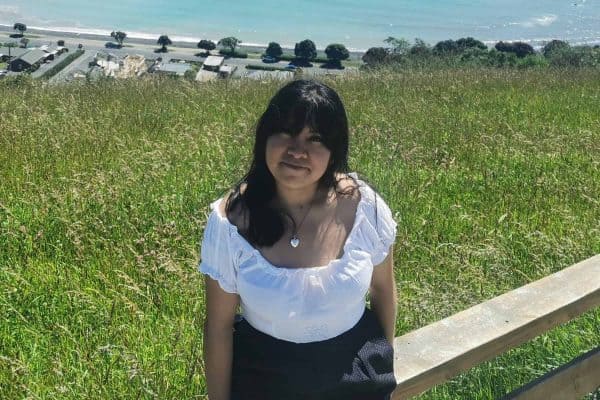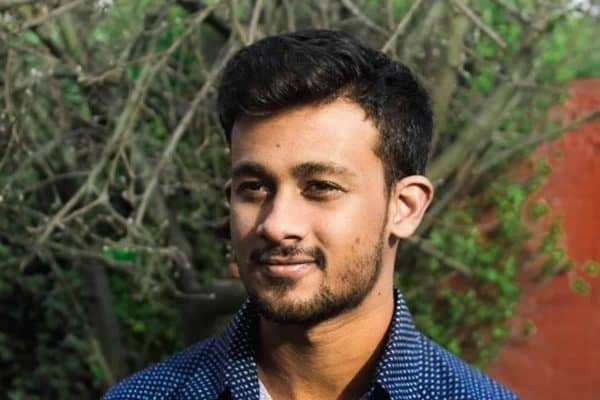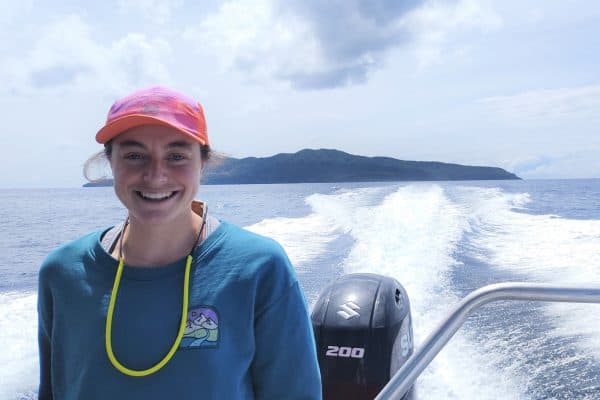Fault Interactions in Central New Zealand
Kia ora! I grew up in a small town called Wainuiomata, which is just outside of Wellington. Surrounded by hills coated in native lowland forests and frequently rocked by earthquakes, my childhood was filled with questions about how the world worked. At school we had earthquake drills and learnt about “the big one” that could potentially devastate our capital. This helped nurture my passion for understanding the behaviour of faults and improving Aotearoa’s resilience to earthquakes. I studied a BSc in Geology and Environmental Science at the University of Canterbury, where I am now also completing a PhD tackling these issues.
My love for nature has also not dwindled and is something I still connect with through photography and conservation work. I created and now lead a predator trapping group called Predator Free Riccarton, which aims to reduce populations of pests in the community and backyards surrounding Riccarton Bush and the university campus.
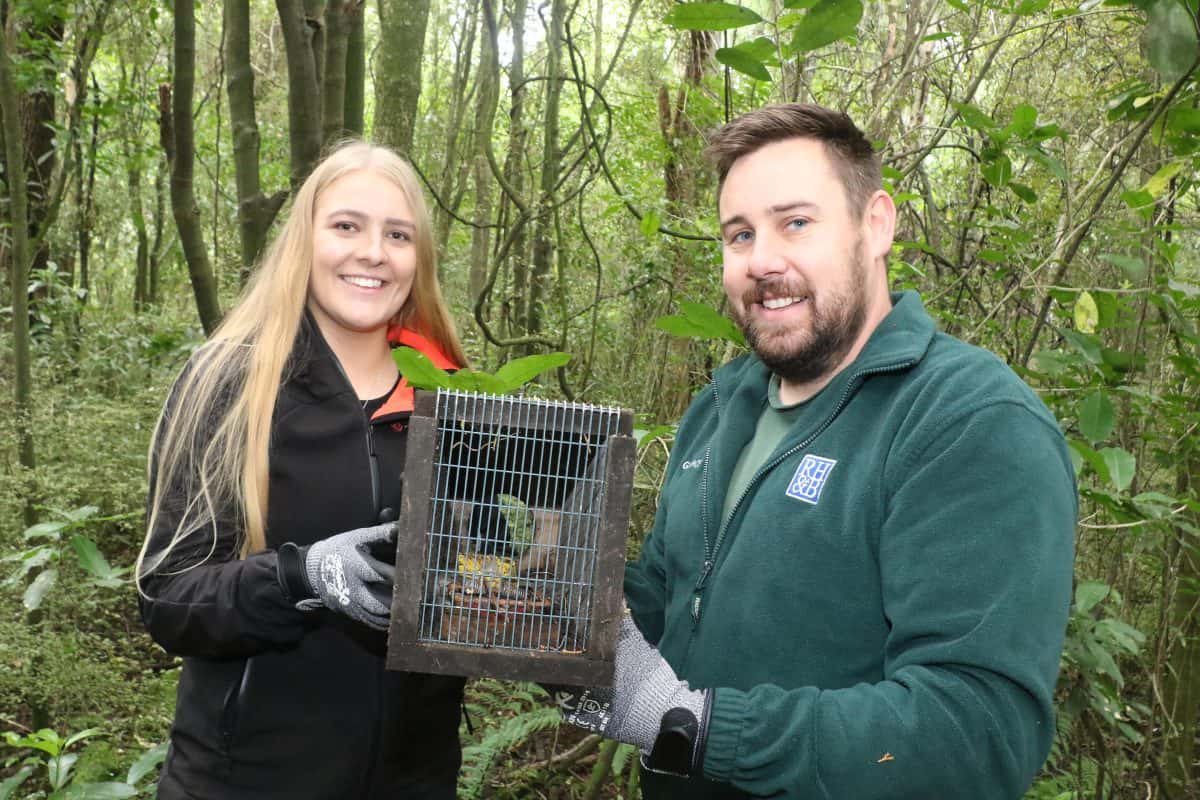
My Project
My PhD based at the University of Canterbury is supervised by Andy Nicol (UC), Andy Howell (UC/GNS), Nicola Litchfield (GNS), Russ Van Dissen (GNS), Bill Fry (GNS) and Rob Langridge (GNS). My project is nested in the Resilience Challenge’s Earthquake and Tsunami theme. My main goal is to test if the physics-based earthquake simulator RSQSim is generating a realistic catalogue of simulated earthquakes by comparing them to paleoseismic data.
Our ability to forecast future earthquakes is reliant on magnitude and frequency information we collect from past earthquakes. With preservation issues, this information only spans the last 5,000 to 10,000 years, especially along our biggest faults. This period is too short to capture the full range of complex earthquake behaviour. Simulators, like RSQSim, are exciting as they could offer insights in to these processes over thousands of years. I am focusing my testing of RSQSim to central NZ, because the region has a relatively complete paleoseismic record and would benefit from this analysis due to the large seismic risk; something I experienced as part of my childhood.
So what am I doing to help test RSQSim?
- We need to ensure that we have the best geologic data for the comparison. I have compiled, revised and applied some new approaches to the central NZ paleoseismic records to evaluate what relationships we see. For example are the earthquakes clustered or individual events?
- I have collected some new paleoseismic data to improve the paleoseismic record, including opening some trenches on the Hope Fault.
- Finally we can compare the frequency and magnitude of earthquakes from the revised paleoseismic record to the RSQSim catalogue. RSQSim can be used to explore fault interactions through stress, changing geometries and parameters.
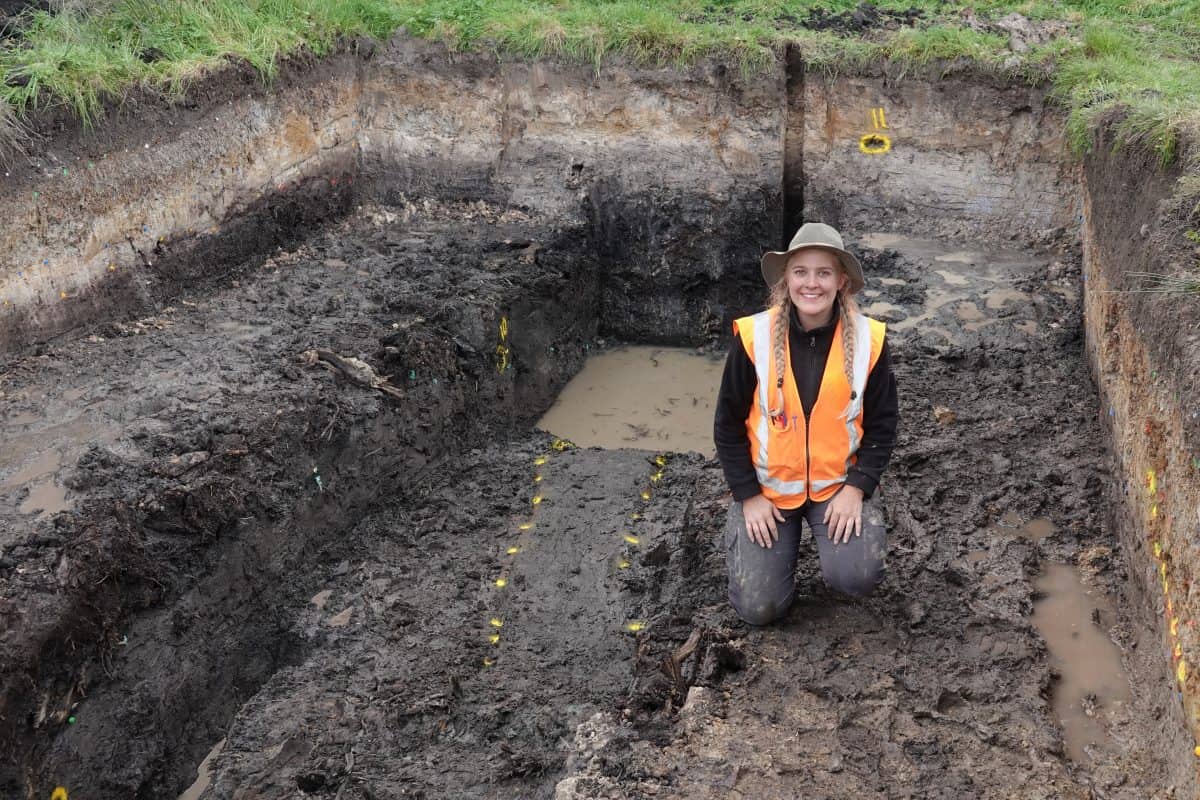
Next Steps
I am currently writing up some of the research that I have completed. I am about to begin making the comparisons with RSQSim and I am excited to see the results. It is awesome that the research I am a part of gives us an opportunity to answer questions we have about how faults behave and interact. This knowledge will go towards improving our resilience to earthquakes and their associated hazards. It is extra special for me that I am able to focus my research around my home city and contribute to crucial seismic hazard work that is underway in the area.
